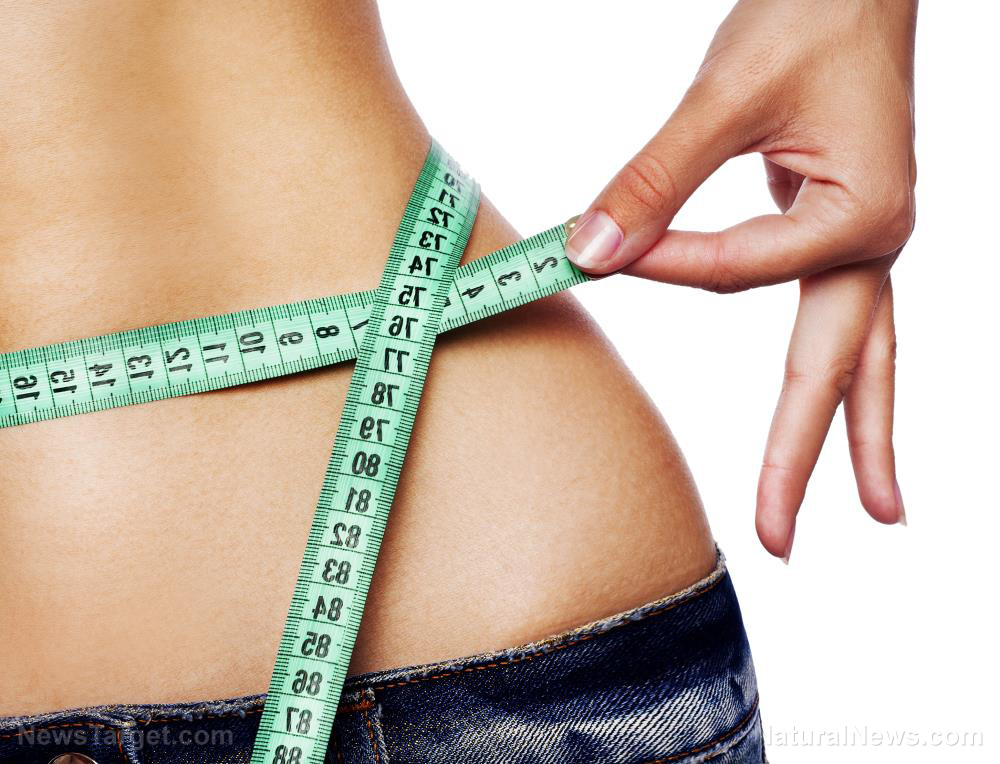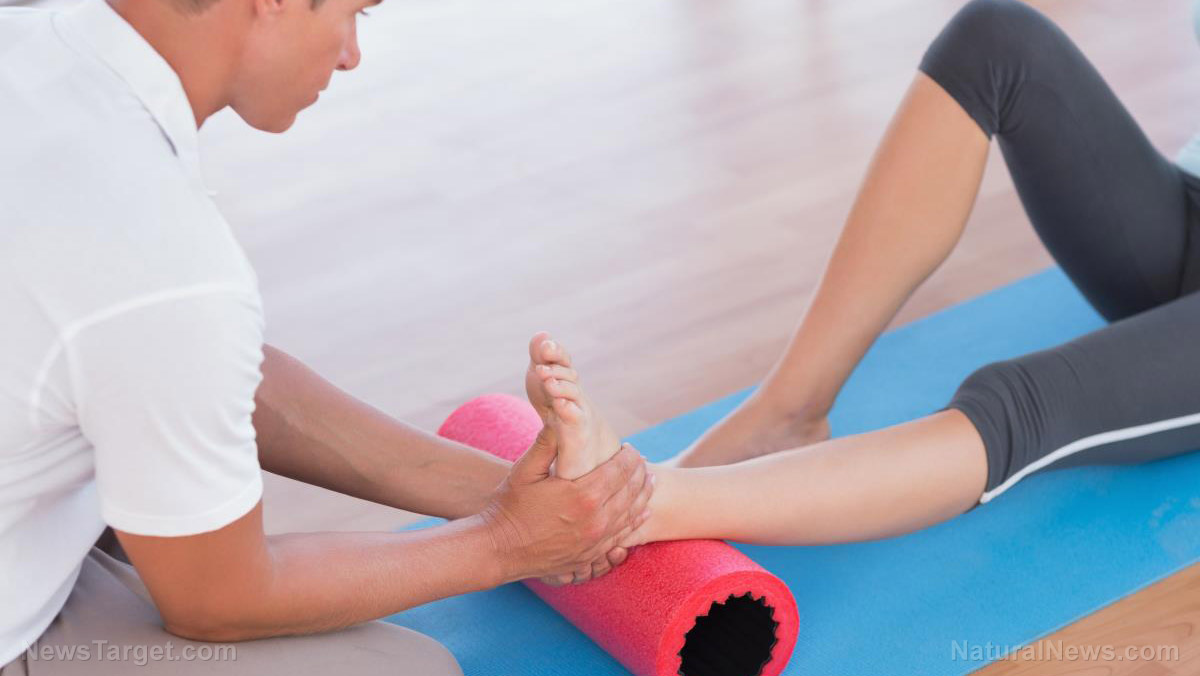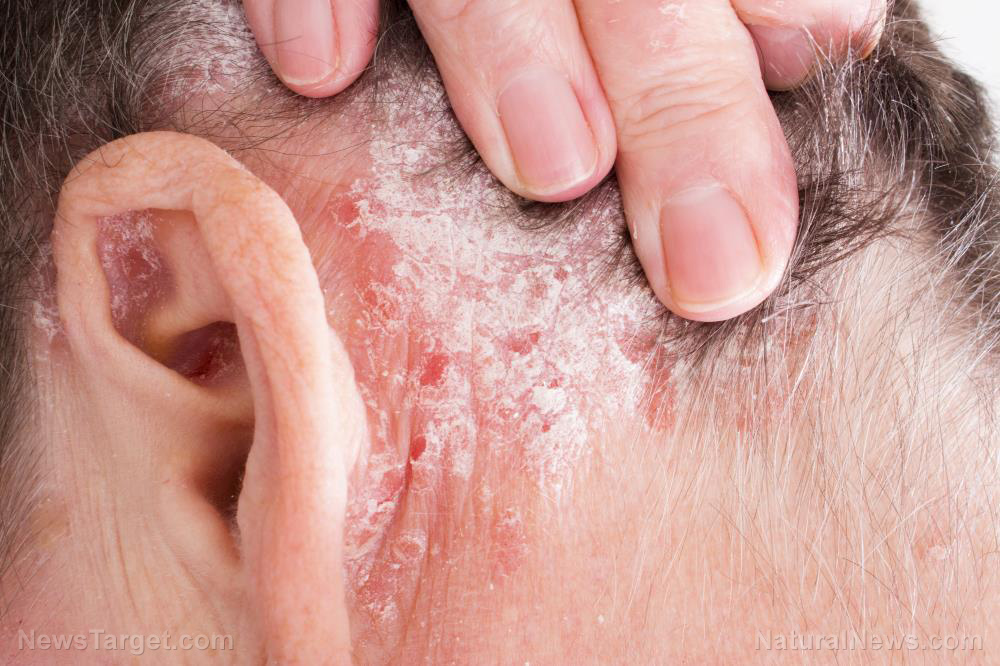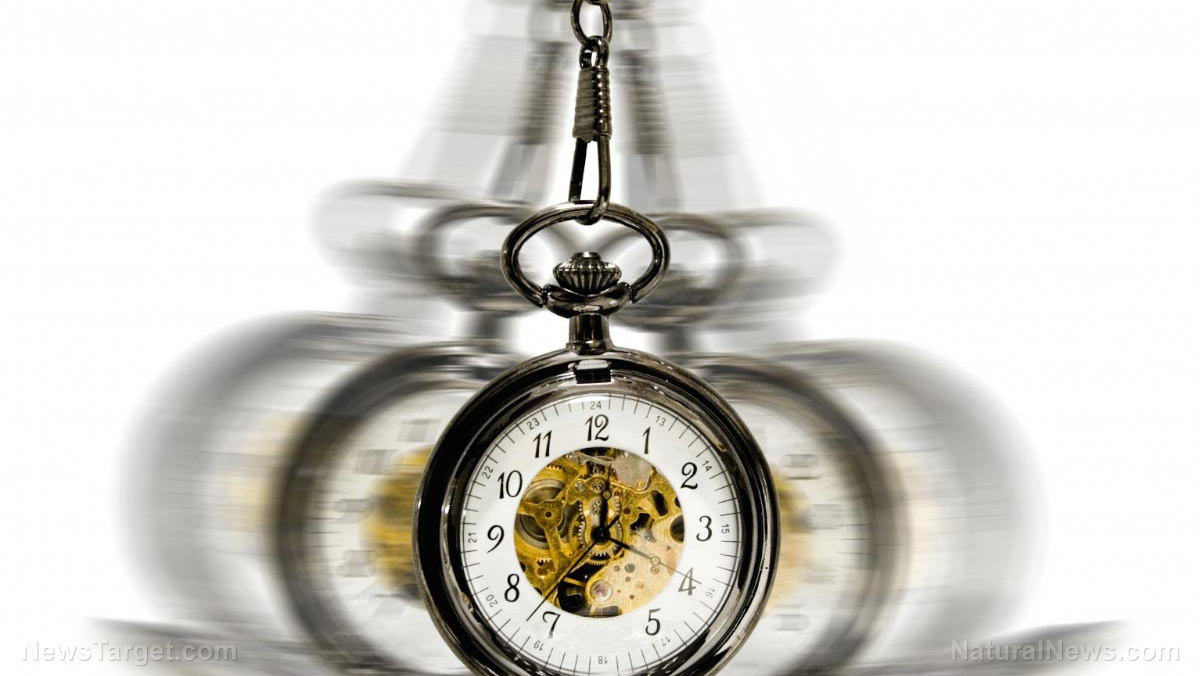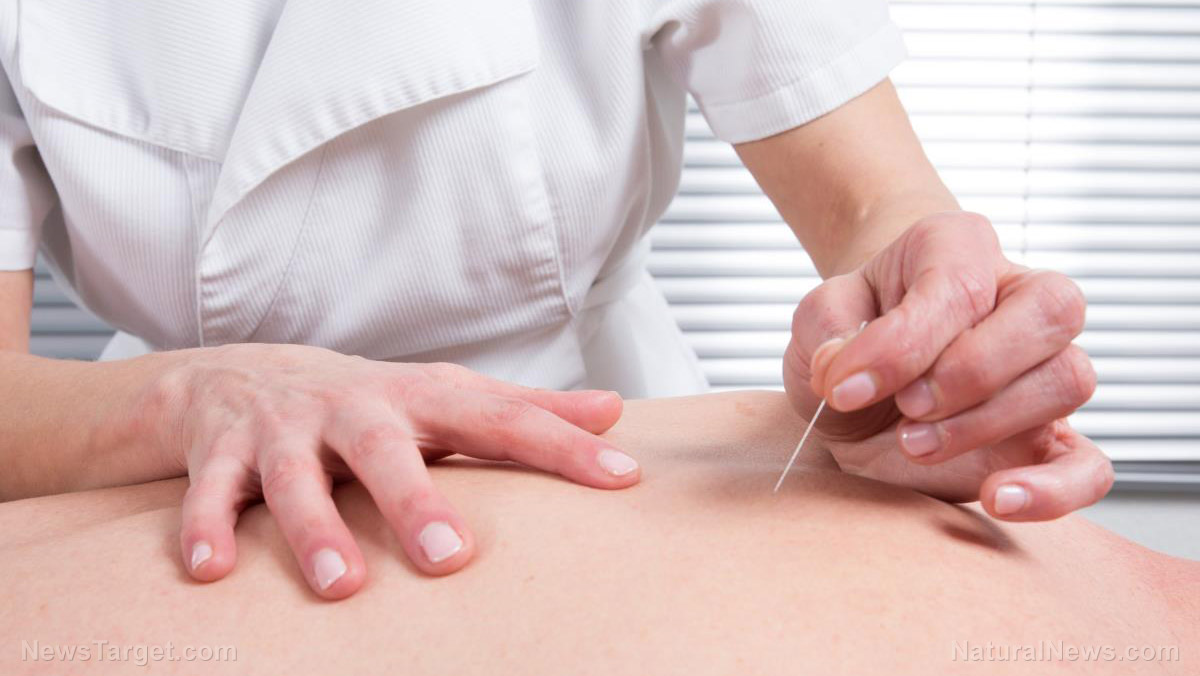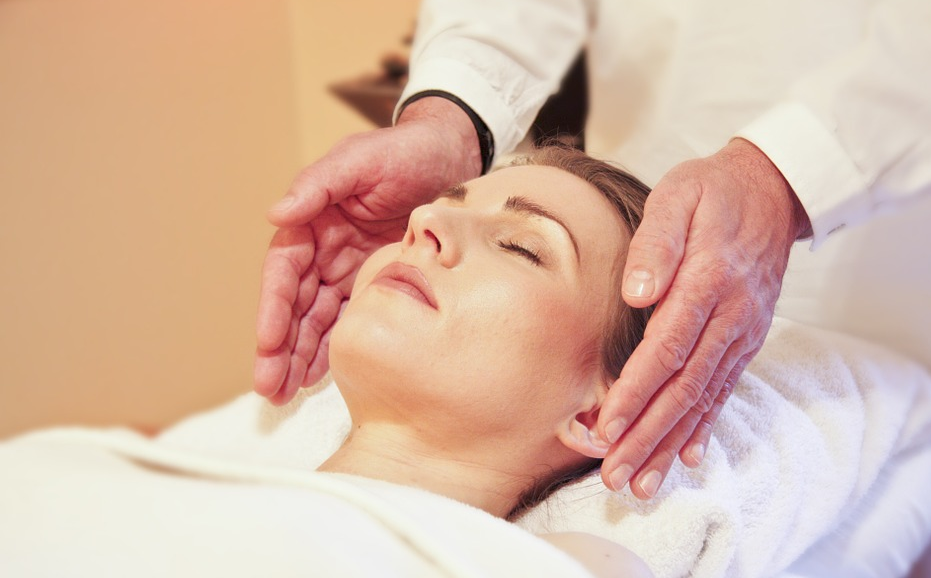The miracles of acupressure for children
11/17/2018 / By Mary Miller

Acupressure isn’t just for adults. People of all ages can benefit from the ancient healing method of acupressure, even small children and babies.
Also known as reflexology, acupressure is the healing technique of stimulating reflex points on certain parts of the body that correlate to vital organs. Stimulating these points with acupressure allows healing energy to flow to those specific organs to help the body heal itself. This form of alternative treatment is typically used to alleviate stress-related ailments. Babies are hardly expected to experience stress, but that doesn’t mean that they can’t benefit from an acupressure session. Because their bodies are still underdeveloped and highly sensitive, babies and small children can be prone to certain health problems. On the other hand, this heightened sensitivity also allows them to respond especially well to acupressure. When applied correctly, it brings them instant relief and helps them relax.
Acupressure can be used to alleviate pain and symptoms relating to a number of health problems, but it can also be utilized as a preventive maintenance tool for good health. It can additionally be used to gently correct conditions from birth. Some babies experience a difficult birthing procedure when they undergo a forceps delivery or if a ventouse is used on them. The bones of newborns are tiny and fragile and the use of such birthing instruments puts considerable amounts of pressure on their skulls. This can cause their skulls to be marginally misaligned. Fortunately, this can be remedied with the gentle application of acupressure.
Health benefits of acupressure for small children
Physical contact with babies is necessary for their well-being as it promotes healthy psychological and physical development. Acupressure is a very good way to provide regular physical interaction between you and your baby. At the same time, it is important that acupressure be applied very gently and carefully to babies and small children as their body parts are still tender and delicate. Gently apply pressure on the key healing points for around 10 minutes a day, with a maximum of 20 minutes. Here are some ways acupressure can be used to benefit small children:
- Constipation. If your baby hasn’t been burped adequately, he/she may be experiencing bloating or colic pain. You can ease this pain and aid in digestion by gently tapping your baby’s tummy, around an inch away from the navel. Next, slightly tap each side of the belly button 10 times then let your finger wander around in a circle around an inch in diameter. Lastly, massage in a circle 10 inches from the belly using a clockwise motion.
- Congestion. Congested nasal passages can be quite a nuisance for infants. It makes it difficult to eat or breathe. Gently massage the area on either side of their nose in a circular motion to the count of 10. Repeat this process every two to three hours, up to six times a day to reduce inflammation of the nasal passages. (Related: Using acupressure to remedy a stuffy nose.)
- Teething pain. When your baby’s milk teeth begin to appear, they may experience teething pain. Let your baby welcome this change more comfortably by gently pressing the largest part of your baby’s palms near the thumbs. Lightly massage this area for 10 seconds and repeat every two hours.
- Sleeping problems. Children can get fussy during bedtime. Help your child drift off to dreamland by softly stroking the area between their eyebrows with your forefinger for around 10 to 20 seconds.
- Coughing. A chronic cough can make your baby restless. Ease their coughing by gently holding the tops of their index fingers for around five seconds. This should help reduce the frequency of their coughing fits.
If you want to learn more about acupressure and other forms of alternative medicine, you can read more articles by going to AlternativeMedicine.news.
Sources include:
Tagged Under: acupressure, alternative medicine, alternative therapies, alternative treatment, babies, children, healing, natural cures, natural medicine, natural remedies, pain relief, reflexology, small children, traditional Chinese medicine

